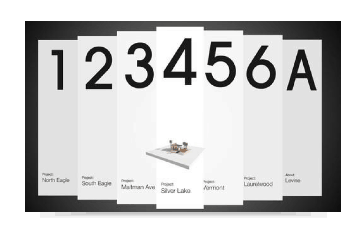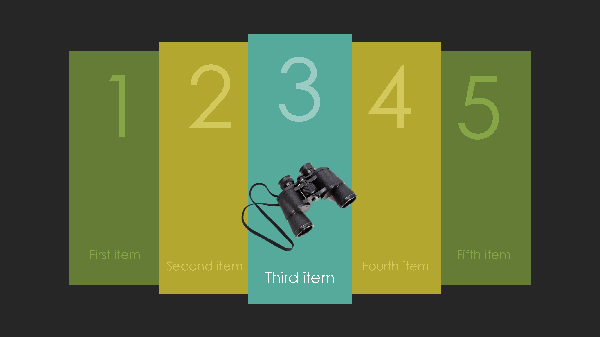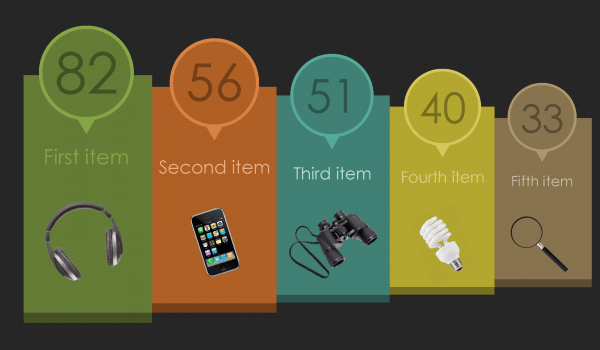Where does one of the industry’s most recognized presentation designers find inspiration? How does she manage the difference between “being inspired by” and “copying from”? How does she organize and store and retrieve those found ideas? And, importantly, how does she adapt those ideas into effective design solutions? On May 26, Julie Terberg packed that all in to 20+ minutes in a members-only webinar called “Inspired by Design.” Our friend and PG member Nolan Haims served as facilitator, fielding Q&A from the chat stream. (A full recording of the session will be available to Guild members shortly.)
Key message: follow the three-step process of Copy-Transform-Combine to go from inspiration to completion like a pro.
- Copy, but don’t copy just for the sake of it. Generally regarded as unethical and
 bordering on illegal, it serves you and your customer poorly because it’s simply not the result of the process of design. Designs are solutions, and copying someone else’s solution fails to address your particular challenge. Instead, copy and keep track of the sources of those things which inspire you. Keep an inspiration notebook. Physically, it can be paper or a bulletin board or a magnet board. Digitally? Try OneNote or Evernote or similar tools.
bordering on illegal, it serves you and your customer poorly because it’s simply not the result of the process of design. Designs are solutions, and copying someone else’s solution fails to address your particular challenge. Instead, copy and keep track of the sources of those things which inspire you. Keep an inspiration notebook. Physically, it can be paper or a bulletin board or a magnet board. Digitally? Try OneNote or Evernote or similar tools. - Transform: Take the idea, bend it, stretch it, play with it. As Saul Bass said, if “design is thinking made visual,” then your task is to help your audience think through visuals. Transform the elements so that your design meets the requirements of the task, such as showing rank or grouping or sequence over time.
- Combine: Combining ideas which inspire you — call it “remixing” as a nod to how we recombine and adapt music these days. New works have always drawn from old works, and current works draw from each other every day. (Tip: take 40 minutes now or later to watch this inspiring and enlightening video: Everything is a Remix) What you draw from and combine should always be in alignment with what your trying to accomplish in your design.
Let’s use one of Julie’s examples from her webinar:
1) Here’s a copy of a slide serving for inspiration.
2) Here’s a first transformation, adjusting for the number of items she needs to include

3) Here’s a second transformation through a color scheme the client needs
4) Another transformation, now with more message content
5) Now combining with a ranking of elements in order
In the end, no one would look at the inspiration image, compare it to the final result, and accuse the design of being a direct rip-off. Inspiration? Yes. Copy? No.
In short, maintain a record of what inspires you. Draw inspiration for your new creations by following a process of Copy-Transform-Combine. This will help you deliver fresh, focused designs you can be proud of.
